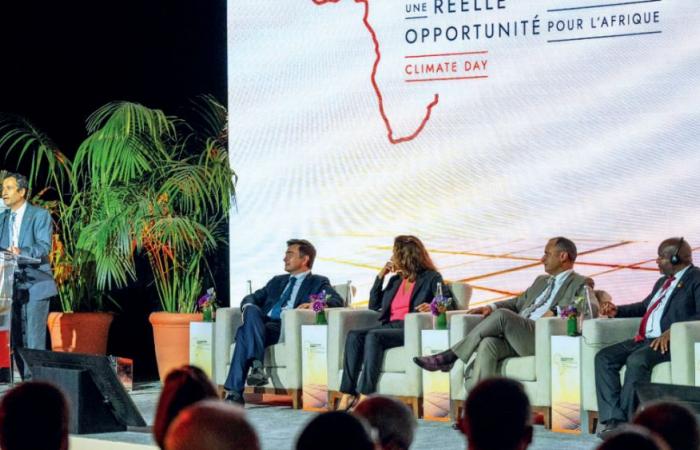Dn a world where climate issues are at the heart of priorities, Africa faces major challenges. The continent, which aspires to inclusive growth, is faced with the urgency of sustainable electrification. To date, more than 600 million Africans do not have access to electricity. The Paris Agreement, signed in 2015, encourages nations to limit the rise in temperatures to 1.5°C, a goal requiring a rapid and profound energy transition. If access to electricity remains an obstacle to development in several regions, Morocco is emerging as a regional locomotive, paving the way for a more connected and sustainable Africa.
This position of the Kingdom made its capital city the ideal destination to host for the first time in Africa the 4th edition of Climate Day, a benchmark event on environmental sustainability. Organized by Nexans, a global player in sustainable electrification, the event brought together more than 300 participants in the historic setting of Chellah, on the theme: “Sustainable electrification for the energy transition, a real opportunity for Africa”.
Present at this event, Leila Benali, Minister of Energy Transition and Sustainable Development, and Ryad Mezzour, Minister of Industry and Trade, both highlighted the urgency of accelerating green investments to support an efficient energy transition. . Benali notably recalled, among other things, that Morocco, as a strategic energy corridor between Europe and Africa, aims to produce 1,400 MW of renewable energy per year. This ambitious vision is accompanied by an advanced modernization of its electrical infrastructures, already largely digitalized.
This dynamism makes Morocco not only a model for the continent, but also a key player in regional cooperation. Moroccan energy initiatives are not limited to its borders: they extend to several African countries, strengthening industrial and energy exchanges within the continent. This is what Christopher Guérin, CEO of Nexans, recalled. “Beyond Morocco, Africa’s sustainable electrification chain has its source here. For example, Nexans Maroc has completed the electrification of 64 villages in Ivory Coast and is also supporting new electrification projects in Benin and Senegal for an electrification potential of more than 500 megawatts,” says he.
Towards an energy revolution in Africa
Africa, often cited as one of the regions most vulnerable to climate change, is also a land of opportunities for sustainable electrification. However, the main challenge is to renew existing electricity networks, while adapting them to the effects of climate change. Floods, droughts, fires…, infrastructures must be ready to face these risks. According to Christopher Guérin, meeting this challenge relies on the expertise of local talents and a convergence between governments, public and private sectors. One of the highlights of Climate Day was the launch of the “Shems’y” village electrification project, intended for orphans of the Al Haouz earthquake.
A project illustrating the commitment of Morocco and Nexans to combine innovation and solidarity. Remember that Nexans has been supporting Morocco in this transformation for more than 77 years. The company is committed to electrifying the future in a sustainable way, with a focus on reducing CO2 emissions and modernizing electricity infrastructure. In particular, it participated in more than 70% of the electrification of Morocco, and 40% of its services in the country also benefit other African nations. The opening of a Design Lab in Casablanca, dedicated to the design of tomorrow’s electrical networks, further strengthens this historic partnership.






